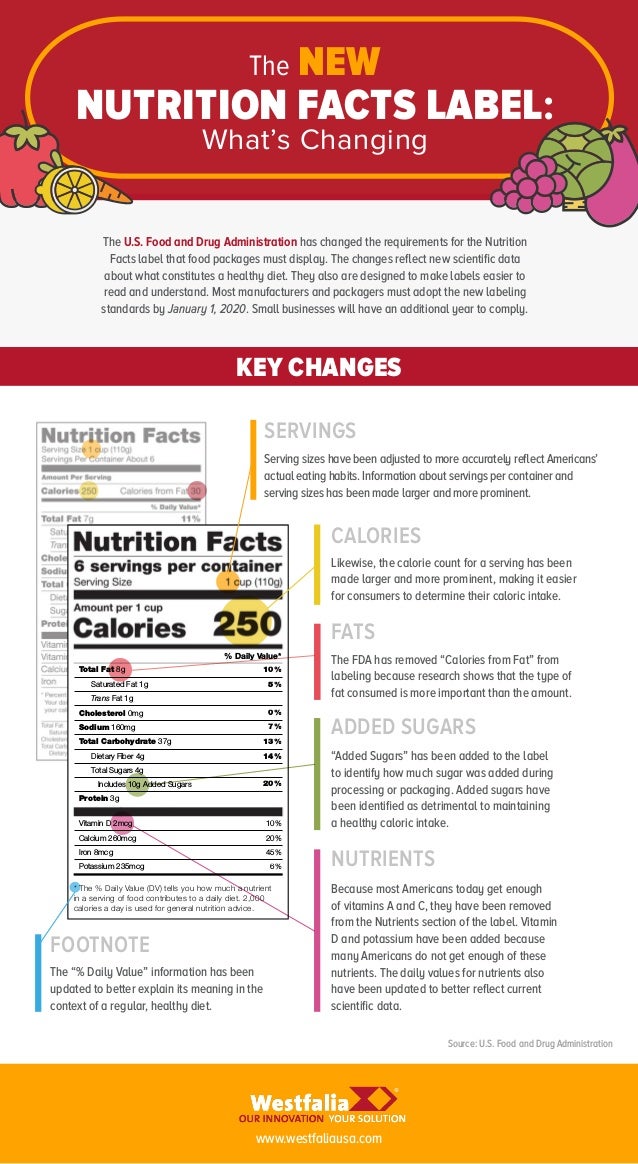Two things often get in the way of students eating healthy food. One is the lack of time, and the other issue is that such products are often associated with a high price. On the bright side, students are aware of how salubrious lifestyle can indeed affect their performance in academics and extracurriculars.
Students are often stressed while studying in college. Mostly, it is due to their academic pressure. This could be dealt with by seeking out professional help. For support with academic writing, Essay Pro is undoubtedly a one-stop for all. Whether it is essays, term papers, or thesis, students can find the best writer to work with. Many students have found this service extremely helpful during their college years.
The other main cause for stress is the unfit lifestyle students are often forced to lead because of their schedules. According to Matthew J. Kuchan, a leading scientist at Abbott Nutrition, a healthy diet could help reduce the harm that stress can do to human bodies.
Nevertheless, students are worried about how to follow a healthy lifestyle within their budget. The tips below can certainly help one change the habits without emptying one’s pockets. These tips are part of the daily health tips for students.
1. Mind Seasons
The first step to eating well is to include more vegetables and fruits in the diet. The most budget-friendly way of doing that is to adapt your meals to seasons. Buy what is available during the particular season rather than pay extra over some fruit that is not seasonal. This will ensure not only that you get the best products but also prevent you from unnecessary spending.
During summer, choose more fresh juicy fruits and leafy greens while in winter, fill up with root vegetables such as sweet potato, or broccoli.
2. Put Effort into Planning
After planning for submissions and deadlines, the last thing you would want to do is plan your meals too. But it could be a pleasant alternative and a better way to keep up the budget.
It does not necessarily mean that you have to get up early and cook meals every day. However, when you get time, you can make a batch of healthy eatables for a whole week, and plan your grocery list accordingly.

Tips for Healthy Eating on a Student Budget
3. Stick to Simple Food
There is a way to easily fill your stomach without having to include many items on the dish. Canned or boiled chickpeas or lentils provide excellent nutrition and are easy to build a meal with. You can simply flavor such products with some spices, oil, or add some vegetables.
A porridge bowl is another popular choice for a budget yet nutritional meal. Such items can be bought in bulk, and the dishes are easily made from scratch with simple ingredients. Get creative and have fun while preparing them!
4. Save on Snacks
Switch your usual snacking items such as chips and chocolate bars to fruits and nuts. People usually tend to end up buying small packets of snacks to fill up rather than have one proper meal. Instead, prepare meals beforehand or carry around some healthy snacks, so you don’t have to spend money every time you get hungry.
Carry a jar of nuts or fruits with you, so when you are hungry, you don’t always have to end up spending more on fast food.
5. Stay Hydrated
Being healthy is not just about what you eat but also about what you drink. It might be challenging to stay away from caffeine or even a can of soda being a student. But it is surely not an impossible task. Always have a bottle of water with you and stick to drinking it instead of carbonated liquids.
6. Frozen is Cheaper
Fresh products are definitely better, but a bag of frozen berries are cheaper than fresh ones and at the same time way better than a bag of chips. They will also stay suitable for consumption longer. Eat them as snacks or prepare a beautiful breakfast bowl. At the same time, frozen vegetables could be added to make soup or stock.
7. Adapt Yourself
Changing one’s diet might seem a bit difficult initially. There is no need to make a complete change right away. Start it step by step and plan the days ahead. While shopping, go to supermarkets and buy seasonal foods in bulk.
Nowadays, they offer a variety of healthy food items. Products such as quinoa and oats have been widely acknowledged for their nutritional values.
Also be aware of the health benefits of different oils, spices, herbs. Items such as tahini and hummus could easily replace any other condiments and make meals delicious.
Content Provided By Westfalia Technologies
Wrapping Up
The first step towards eating healthy is to be aware of what you eat and conscious of the choices. You will realize that cooking meals is much cheaper than eating outside and depending on fast foods to fill up. It won’t be late before you head to your room to start cooking a delicious dinner faster rather than order pizza.











Thank you for the helpful information. I am using it for my term paper. Maybe share it with my friends, they are students!